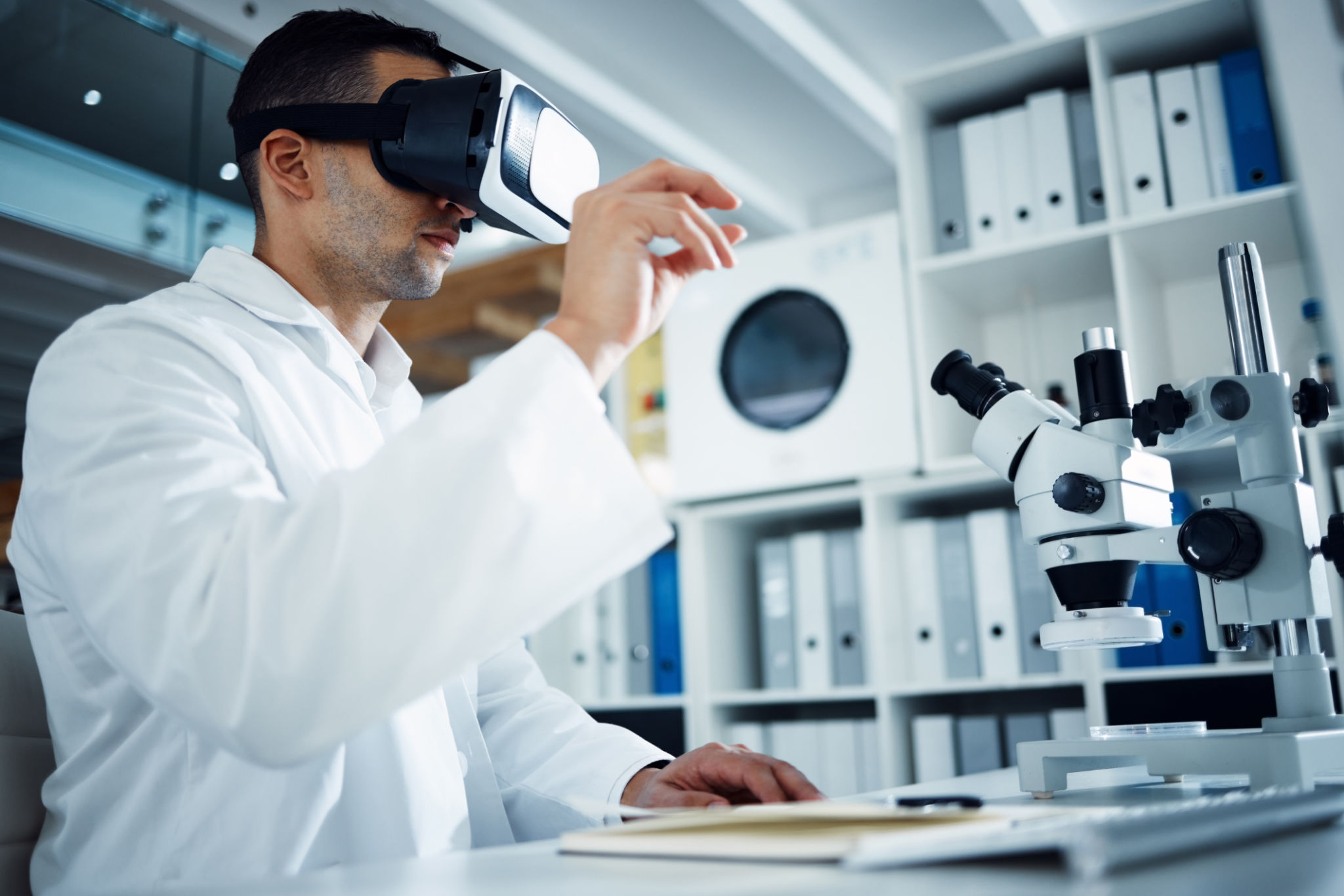Innovative Trends in Medical Education: What’s Next?
Embracing Technology in Medical Education
As the medical field continues to evolve, the way we educate future healthcare professionals must also adapt. One of the most significant trends in medical education is the incorporation of technology, such as virtual reality (VR) and augmented reality (AR). These tools provide immersive learning experiences, allowing students to explore complex anatomical structures and practice surgical procedures in a risk-free environment.
VR and AR are not just enhancing the learning experience but are also improving accessibility. Students from remote areas can now access high-quality medical education without the need to relocate. This democratization of education is paving the way for a more diverse and inclusive medical community.

Personalized Learning Paths
Another innovative trend is the shift towards personalized learning paths. Medical students have diverse learning needs and preferences, and educators are increasingly adopting adaptive learning technologies. These platforms use data analytics to tailor educational content to individual students, ensuring they receive the most relevant and effective instruction.
Personalized learning not only helps students grasp complex concepts more effectively but also fosters a more engaging and satisfying educational experience. This approach is proving to be especially beneficial in large medical schools, where traditional one-size-fits-all methods may fall short.

Interdisciplinary Collaboration
Medical education is also seeing a trend towards interdisciplinary collaboration. As healthcare becomes more complex, future doctors must work effectively with professionals from various fields, such as nursing, pharmacy, and social work. Interdisciplinary education programs are being developed to prepare students for these collaborative environments.
These programs often include team-based projects and simulations that mimic real-world healthcare scenarios. By learning to communicate and collaborate with other professionals early in their education, students are better prepared to provide comprehensive and holistic patient care.

Focus on Mental Health and Well-being
Recognizing the high stress levels in medical education, there's an increased focus on mental health and well-being. Many institutions are integrating wellness programs and offering resources to help students manage stress and maintain a healthy work-life balance.
These initiatives are essential in preventing burnout, which can have long-term impacts on a medical professional's career. By promoting mental health awareness and providing support, medical schools are fostering a more sustainable and supportive learning environment.
Emphasis on Lifelong Learning
The rapid advancements in medical knowledge mean that learning cannot stop after graduation. An emphasis on lifelong learning is becoming a cornerstone of medical education. Schools are teaching students how to stay updated with the latest research and medical practices throughout their careers.
This approach includes training in critical thinking, self-directed learning, and the use of digital resources. By instilling these skills early on, educational institutions are equipping future doctors with the tools they need to continue learning and adapting to new challenges in medicine.

